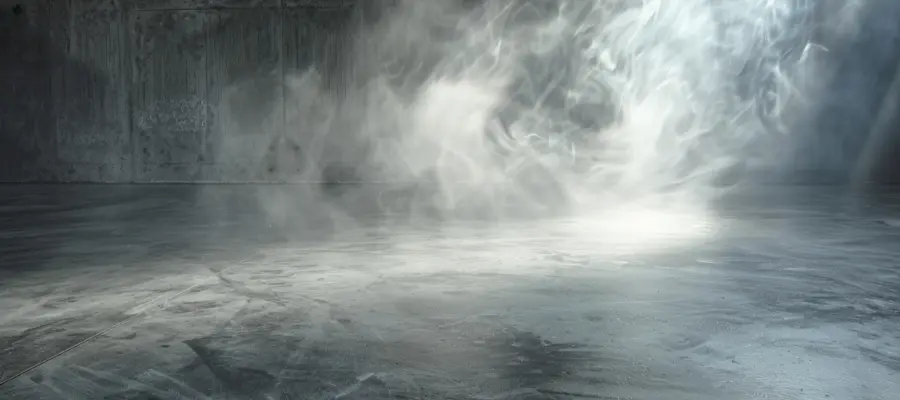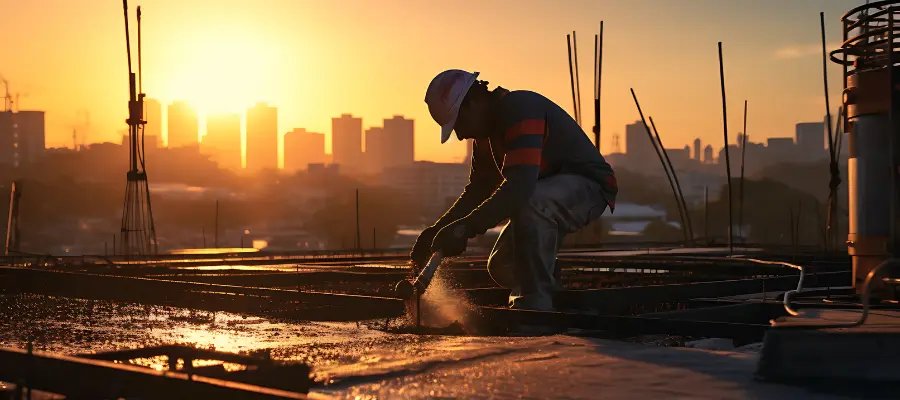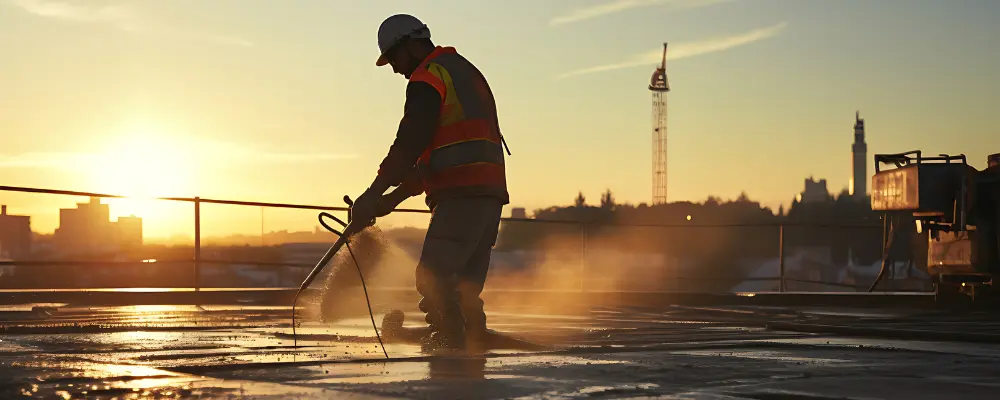Acquiring significant compressive strength is crucial for any lasting building or structure. But have you ever considered how buildings achieve these strengths for intended loads? It is achieved by undergoing the curing process. Are you curious to know more about this curing process?
Today’s blog of Brick & Bolt will explore in more detail the curing of concrete, its importance, the various methods used, and factors that affect the curing process.
What is the Curing of Concrete?
After the concrete is placed, it is necessary to keep the moisture and temperature conditions sufficiently wet and warm to guarantee that the cementitious components in the mixture properly hydrate. This process is known as concrete curing. The hydration process continues during curing as cement particles react with water to create chemical bonds that hold aggregates—such as crushed rocks, gravel, and fine sand—together.
Importance of Proper Curing of Concrete
Concrete curing is a crucial step in achieving strength and durability, especially for reinforced cement concrete structures. Following are some reasons why concrete curing is crucial:
- Properly cured concrete gains increased flexural and compressive strength, ensuring that it can support loads and stresses, including in high-strength mixes such as M20 concrete and M25 concrete.
- Proper curing enhances concrete durability by minimising surface cracks and increasing resistance to environmental challenges, including freeze-thaw cycles, chemical exposure, and abrasion.
- Proper curing can reduce surface defects, such as scaling and cracking on concrete surfaces. Maintaining adequate moisture levels can significantly reduce the likelihood of shrinkage, cracks, and other surface imperfections.
- The curing process plays a major role in the adhesion between cement paste and aggregates.
Methods of Curing of Concrete
Proper concrete curing is important for both onsite and offsite construction methods with different types of concrete. Different curing methods are adopted at the site depending on the site conditions, structural type and other material parameters. Methods of curing concrete fall into the following categories:
- Water Curing of Concrete
- Membrane Curing
- Steam Curing Method
Water Curing of Concrete
The water curing method involves adding water or preventing water loss from the concrete surface. It is the best method of curing concrete because it satisfies all the curing requirements—
- absorption of the heat of hydration
- eradication of shrinkage
- promotion of hydration
Water curing is conducted by adding water to the concrete surface to ensure continuous moistness. When moisture from the concrete body is retained, it ensures that there’s enough moisture content available for proper hydration to take place.
Water curing methods are:
- Spraying of Water
- Ponding
- Wet Coverings
- Immersion
Spraying of Water: This method involves spraying water with house pipes.
Ponding of Water: In this method, concrete slabs are kept underwater by making small ponds. Temporary barriers are utilised to create shallow ponds on the concrete surface, typically no deeper than 5 cm. These ponds are kept filled with water for a long duration. This method is most suitable for curing concrete during hot weather.
Wet Coverings: In this method, wet coverings are wrapped to the concrete surface to maintain the moisture content over concrete.
Immersion: In the Immersion method, the precast concrete elements are immersed in curing tanks for a certain duration.
Membrane Curing of Concrete
The membrane curing method is also known as water retention method by curing compounds or the chemical method of curing concrete. The procedure involves spraying solvents with some suitable dissolved chemical compounds. As the solvent evaporates, a thin film of the chemical compound applied over the concrete surface will leave behind. This thin film prevents evaporation from the concrete.
Thus, if sufficient water is added at the time of concrete preparation, it will set and harden nicely without asking for extra water. The thick film of the chemical compound starts to peel after 2-4 weeks leaving behind the properly cured concrete.
Steam Curing Method

The steam curing process includes curing with hot water vapor at a temperature between 40 °C and 100 °C for a limited period. It raises the concrete’s temperature while ensuring that the surface stays moist. It creates humidity surrounding the concrete to accelerate the concrete’s hardening and rate of strength development.
How To Cure Concrete?
The concrete curing process has two major stages:
Initial curing: The initial curing phase initiates soon after the concrete has been placed and finished. This time requires continual moisture to ensure that the cementitious components are properly hydrated.
Curing methods include:
- Sprinkling water.
- Covering it with damp burlap bags.
- Applying curing agents for the first seven days.
Final curing: Concrete requires continuous care, including final curing after the initial period, to increase strength and durability. This stage lasts from 7 to 28 days, ensuring ongoing hydration and strength development.
Factors Affecting Curing of Concrete

Several factors can influence the result of the curing process, and they must be considered to provide the best results:
- Temperature: The temperature of the environment where the concrete is curing is very important. Extreme temperatures, whether hot or cold, might disrupt the hydration process and result in incorrect curing.
- Humidity: High humidity levels help to keep moisture in the concrete, whereas low humidity causes rapid evaporation and premature drying.
- Wind: Wind can accelerate the evaporation of moisture from the concrete surface, resulting in insufficient hydration. Windbreaks or protective covers can help to reduce this effect.
- Concrete Mix Design: The mix design, which includes the water-cement ratio and the usage of admixtures, can affect the curing process. Some admixtures can fasten or slow the setting time, influencing the curing time.
- Surface Area and Volume: Larger surface areas and thinner parts of concrete tend to lose moisture faster than thicker parts. Curing processes may need to be adjusted to account for these variances.
Conclusion
The curing of concrete is essential for achieving significant concrete strength and durability in concrete structures. It involves maintaining sufficient moisture and temperature conditions to ensure proper hydration of the cementitious materials. By understanding and implementing best practices in concrete curing, the durability and performance of concrete structures can be significantly improved.
If you are also looking for long-lasting and durable construction, Brick & Bolt is here. As a leading construction service provider in India, Brick & Bolt provides a wide range of expertise to your project. They can also assist you in selecting the right construction materials and house floor plans. In addition, you can check your building cost estimation by using our exclusive building cost estimator tool.

